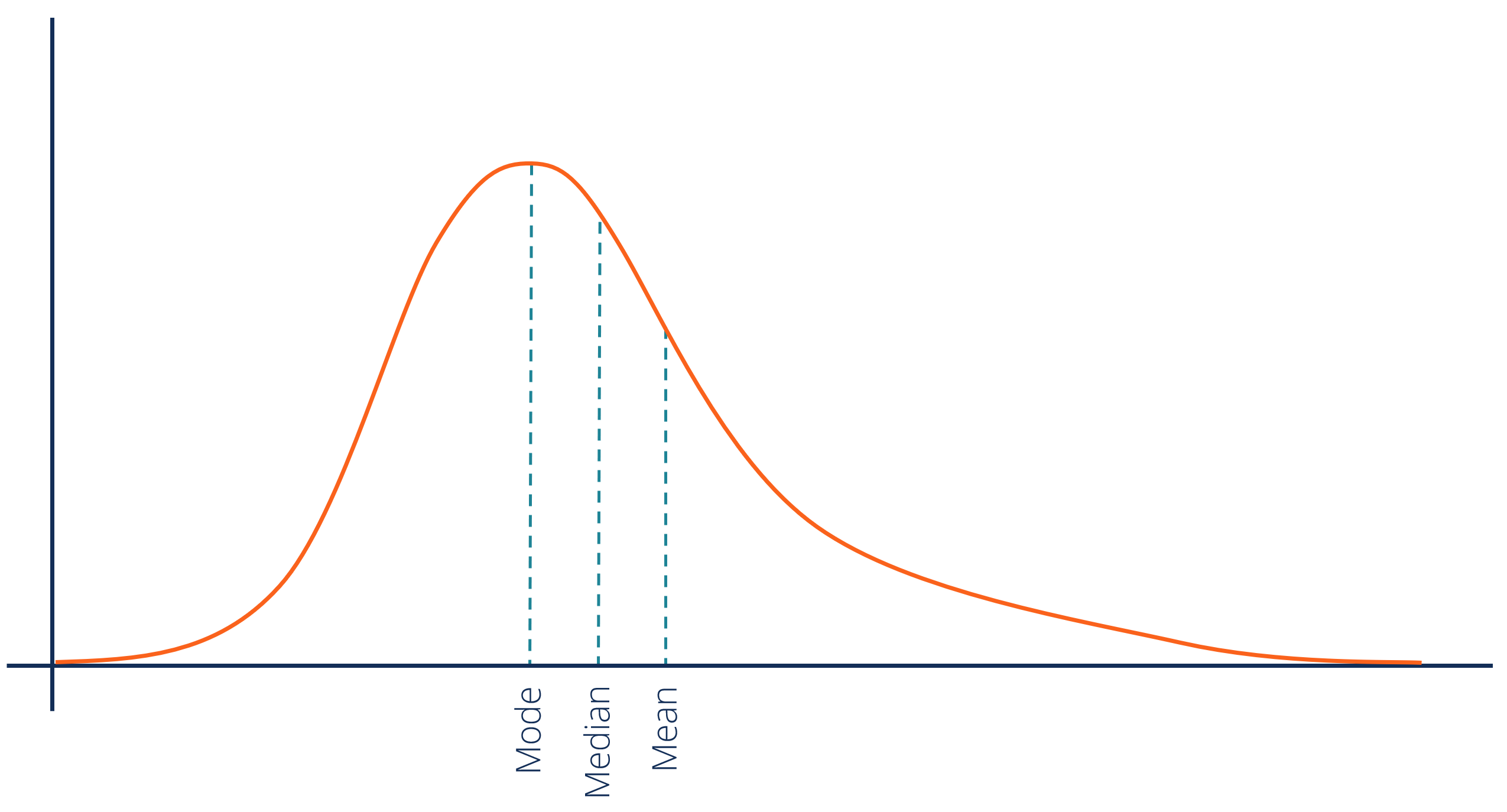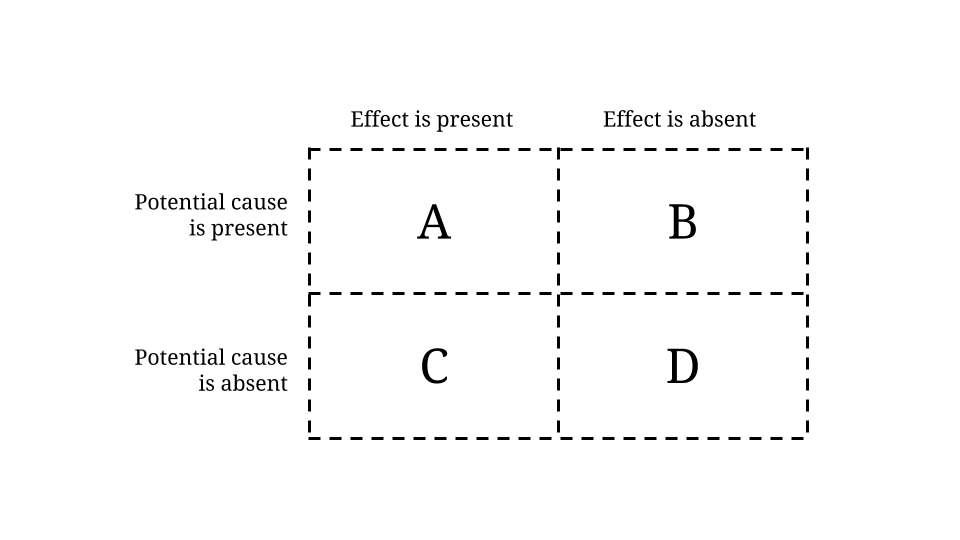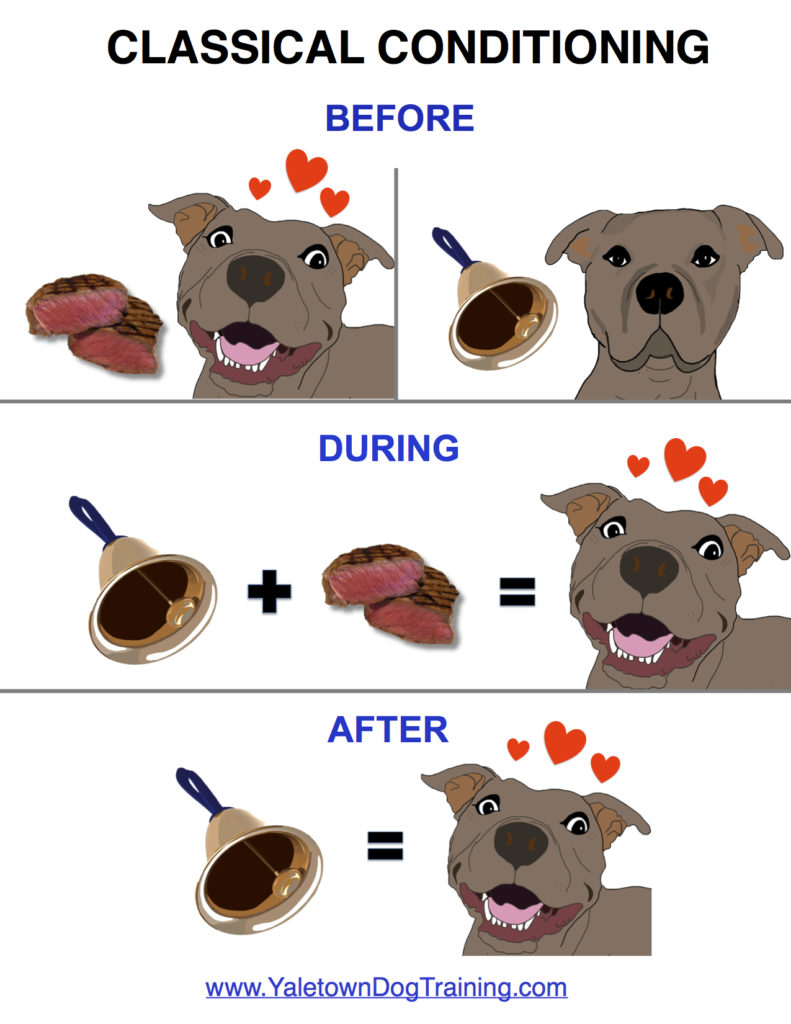Unit 2 - Scientific Foundations
1/100
Earn XP
Description and Tags
History of psychology, research methods, and statistics. Chamberlain
Name | Mastery | Learn | Test | Matching | Spaced | Call with Kai |
|---|
No study sessions yet.
101 Terms
psychology
Science of behavior and mental processes.
R-value
the correlation coefficient
ex: +1.0 or -1.0
Critical thinking
I. History and Its Approaches
Thinking that doesn’t blindly accept arguments and conclusions. Rather it examines assumptions, appraises the source, discerns hidden biases, evaluates evidence, and assesses conclusions
empiricism
We learn from experiences and observation and experimentation enable scientific knowledge
Wilhelm Wundt and E. Titchener
I. History and Its Approaches
Wundt established the 1st psychology lab. He believed in structuralism and introspection.
Mnemonic: I VANT (like Wundt) to know what’s inside your mind. People in a lab might use a TIT mouse (e, TITchener)
G. Stanely Hall
I. History and Its Approaches
1st president of the APA
Structuralism
I. History and Its Approaches
Early school of thought promoted by Wundt and Titchener, used introspection to reveal the structure of the human mind.
Mnemonic: Structure—like a structure or framing of a building. The mind is built of different structures.
Introspection
I. History and Its Approaches
(Looking inward) An attempt to directly observe one’s own psychological processes.
Mnemonic: Tell me, VAT is going on in your mind?
Functionalism
I. History
Early school of thought promoted by William James and influenced by Darwin; explored how mental and behavioral processes function—how they enable the organism to adapt, survive, and flourish. Wrote The Principles of Psychology, the science’s 1st textbook.
Mnemonic: f(x)=WHY? Related questions include:
Why do we react to things the way we do?
Why do we function the way we do?
William James
I. History
A functionalist who explored how mental and behavioral processes function—how they enable the organism to adapt survive, and flourish.
Mnemonic: James is my math teacher because why wonders why. f(x)=WHY?
Mary Whiton Calkins
I. History
(1863-1930) Mentored by William James at Harvard and qualified for a Ph.D but wasn’t allowed one at Harvard because she was a woman at the time. Was the 1st woman to be president of the APA
Margaret Floy Washburn
I. History
(1871-1939) 1st woman to receive a Ph.D in psychology and synthesized animal behavior in The Animal Mind (1908). Was also president of the APA.
Behaviorism (AKA learning theory)
I. History
View that psychology (1) should be an objective, observable science that (2) studies behavior w/o reference to mental process.
1 of the 2 major forces in psychology well into the 1960s
John B. Watson & B.F. Skinner
John B. Watson
“The Founder of Behaviorism”. Believed in Classical Conditioning “blank slate” theory. He trained babies to be scared of rats when they normally aren’t. Showed that we are born with a complete blank slate and that we learn from experiences. A behavior response after something is a reflex at the moment and won’t become one through thought or emotion until later.
Mnenomic: “What! Son (like Watson) you don’t treat a baby like that”

B.F. Skinner
“The Father of Operant Conditioning”. Believed in Operant Conditioning which means that our behaviors are due to the environment.
For example, when we get a compliment about something we are more likely to do it again in the future. If we do something bad and get punished, we are less likely to do it again.
Mnemonic: SKINner like slapping skin when getting punished

Freudian (Psychoanalytic Psychology)
Emerged in the late 1800s and believed in the unconscious mind and desire. Also in repression and fixations.
He was a psychiatrist who analyzed dreams at a mental hospital for women. Believe that when we’re little, girls want to kill mom and marry dad, and the opposite for boys. He believed that women never got over their “penis envy” and that their dreams showed their unconscious desire. And sometimes they repress these feelings.
“Sometimes a cigar is just a cigar”…sometimes it is a penis.
If a guy has a big cigar, he must be compensating for something
Mnemonic: Think of the castle scene from Shrek

Humanistic psychology
Emphasizes human growth potential and the importance unconditional acceptance
Led by Carl Rogers and Abraham Maslow
Found behaviorism and Freudian psychology too limiting
Individual choice and free will
We choose most of our behaviors bc of psychological, emotional, or spiritual needs rather than past conditioning.
Non-determinism


Carl Rogers and Abraham Maslow
Stressed individual choice and free will. Believed in growth potential and unconditional acceptance.
Mnemonic: When thinking of Carl Rogers think of Mister Rogers

Gestalt psychology and Gestalt psychologists
Gestalt psychology Tried to examine a person’s total experience because the way we experience the world is more than just an accumulation of various perceptual experiences. Gestalt psychologists like Max Wertheimer argued against dividing human thought and behavior into discrete structures.
Ex: A painting can be represented as rows and columns of points of color, but the experience is often more than that.
Max Wertheimer
Argued against dividing human thought and behavior into discrete structures. A Gestalt psychologist.
Sigmund Freud
Freudian (Psychoanalytic) Psychology. Believed he discovered the unconscious mind and in order to understand human thought and behavior truly, we must examine the unconscious mind through dream analysis, word association, and other psychoanalytic therapy techniques. He also believed that the unconscious mind builds u over the years through repression.
“Sometimes a cigar is just a cigar”
Unconscious mind
A part of our mind over which we don’t have conscious control that determines, in part, how we think and behave.
Repression
Pushing down into the unconscious events and feelings that cause so much anxiety and tension that our conscious mind cannot deal with them.
Ivan Pavlov
He wasn’t a psychologist but contributed to the Classical conditioning “blank slate” theory. If things are paired enough together, the thing that is associated will create a behavior response.
Mnemonic: Why was Pavlov’s hair so soft? Because he CONDITIONED it.
Evolutionary psychologists (sociobiologists)
Study of the evolution and behavior and the mind, using principles of natural selection.
How are we humans alike because of our common biology and evolutionary history?
Charles Darwin
Behavior geneticists
Are behaviors are predestined in genes?
Biopsychologists or Neuropsychology
Science of the brain. Explain human thought and behavior strictly in terms of biological processes.
Ex: Looking at genes, hormones, chemicals, and neurotransmitters

Cognitive psychologists
Science of the mind. Examine human thought and behavior in terms of how we interpret, process, and remember environmental events.
Ex: What did you think would happen?

Jean Piaget
His cognitive developmental theory, which focuses on how out cognitions develop in stages as we mature.
Social-cultural psychologists
Look at how our thoughts and behaviors vary between cultures.
Why do our cultures reject/support certain things?
Peer pressure

Hindsight bias
Tendency for ppl upon hearing about research findings to think they knew it all along
Well, duh
Judgemental overconfidence
Judgment that is charged by overconfidence
Applied research
Test that has clear, practical applications. Finding a cure/solution to a problem. something is actually being done (research)
Basic research
Interest to psychologists but not included for immediate, real-world applications. Basic answering, not finding a solution.
Ex: how do people in different cultures perceive intelligence?
Hypothesis
A way to test a theory; a testable prediction about a relationship between 2 things. Can be tested in a way that establishes a clear cause-effect (experimental method) relationship or describes the relationship between variables (descriptive methods and correlation studies)
Independent Variable
The factor that is being tested; is the factor that is being manipulated. The IV is what must be introduced to the experimental group to test the hypothesis. This only applies to the experimental method because confounding variables can mess it up in other methods
Operational definitions
Specifying what variables are (like what the DV measurable outcome is or how it will be measured. The operational definitions of the variables compromise the labels on the X and Y axis of the graph of the variables that were studied. This allows for replication of the study.
Sample
Representation of a larger population
Mnemonic:
What do we want? A Sample!
How do we get it? Randomly
How big should it be? Goldilocks BIG!!! (Not too big bc waste of time an money, not too small bc it has to represent)

Random Selection or Random Sampling
Selecting members from the population that way everyone has an equal chance of being selected. This reduces sampling error and makes sure it represents the general population. The best way to do this is through an algorithm.
Stratified sampling
The process allows researchers to ensure a sample represents the population on some criteria. Randomly selecting a percentage from each demographic to make a more accurate representation of the general population.
Laboratory experiments
Attempting to prove the causation by allowing the researcher to manipulate the variables and measure their outcome. Things are CONTROLLED.
Field experiments
Things that happen in the real world and people have no idea that they’re a part of it. More spontaneous and some confounding variables could come into play. Not to be confused with Naturalistic observation, because in naturalistic observation you DO NOT interact with the participants at all.
Confounding (lurking) variables
Variables that can affect the results of the research. There are 2 types: Situation-relevant and participant-relevant confounding variables.
Random assignment
Putting members from the sample into different experimental conditions (control and experimental group) in a way that every person in the sample has an equal chance of being placed into either condition.
Participant-relevant confounding variables
Any factors related to the participants in an experiment that could impact their DV reaction to the IV.
How to control it: Start with a big enough sample, then randomly assign.
Control group
A comparison group in a study whose members either receive either no intervention at all or some established intervention. The responses of those in the control group are compared with the responses of participants in the experimental group
Group matching
Related to stratified sampling but you would only use group matching in an experiment
Situation-relevant confounding variables
Any factors exclusive of the IV that are related to the experimental setting or procedures that could impact DV. Includes experimenter bias.
These must be controlled for by equalizing all setting and procedural-related variables that the control and experimental groups are exposed to.
How to control for it: Double-blind procedure and reduce demand characteristics
Experimenter bias
Tendency for researches to treat ppl in experimental and control groups differently.
Double-blind procedure
Neither the participants nor the experimenter know who’s receiving a particular treatment.
Single-blind procedure
Participants don’t know what’s being tested.
Demand characteristics
Any cues from the research design that might allow the subjects to infer the hypothesis or variables being tested, could change the way they respond to the IV.
Participant bias
Participants respond in a way that they are trying to match the desired result of the researcher.
Social desirabiltiy
Tendency to try to give answers that reflect well upon them.
Hawthorne effect
When a participant changes their behavior when feeling observed
Placebo method
Used in medical trials where some participants receive a placebo and others receive the actual treatment. The researcher makes the participants believe that they have the cure that way they can find out if the treatment works or if it’s just that their power of belief is strong.
Counterbalancing
Arranging a series of experimental conditions or treatments in such a way as to minimize the influence of extraneous factors, such as the practice of fatigue, on experimental results. In other words, counterbalancing is an attempt to reduce or avoid order effects
A way to counterbalance would be to administer experimental conditions in the order A-B to half of the participants and in the order B-A to the other half.
Order effects
The influence of the order in which treatments are administered,
EX: To see how frustration affects performance on an IQ test, the participants could engage in something that is unlikely to cause frustration, test their IQ, then give them a frustrating task and test their IQs again. HOWEVER, this procedure could cause order effects because participants may do better simply because they’ve taken the 1st IQ test. This problem can be solved by counterbalancing.
Correlation
Predicts the relationship b/w 2 variables. Can be + or -. CORRELATION DOES NOT IMPLY CAUSATION!!!

Positive correlation
The presence of 1 thing predicts the presence of the other.
A perfect predictive positive correlation coefficient (r-value) would be +1.0, and all the dots would line up with the line of best fit. The higher the number is, the more accurate the dots must be.

Negative correlation
The presence of 1 thing predicts the absence of the other
A perfect predictive negative correlation coefficient (r-value) would be -1.0, and all the dots would line up with the line of best fit. The more accurate the dots are the closer they are to -1.0

Zero correlation
Has no predictive relationship
Its correlation coefficient (r-value) is 0

Ex post facto study
In this case, the people are the IV. Is when you can’t control the IV which means that there is no control group. Seek to control other aspects of the research process.
Survey method
A questionnaire was used to identify attitudes, beliefs, and opinions. No variables, no cause and effect. SIZE MATTERS!!
Naturalistic observation
Watching participants in their natural environment WITHOUT INTERACTING with them. The goal is to get a realistic picture of the participant’s behavior.
EX: watching a class ofkindergartenerss to see how they interact with one another
Case study method
An in-depth examination of a rare phenomenon that occurred with an individual, small group, or situation.
Mnemonic: 🎵 “I was working on a railroad, my name is Phineas Gage” 🎵 His personality changed because a pole went through his head, and researchers were able to examine him and see why.

Descriptive statistics
Describes a set of data
Frequency distribution (histogram)
A frequency chart. Tells you how many of something your data has. Also called a histogram, not be confused with a bar graph. A histogram has no spaces in between a bar graph.
Ex: How many students had dogs, cats, zebras, etc.

Frequency polygons (line graph)
Turns frequency distribution into data points. Also called a line graph.

Central tendency
Tends to mark the center of distribution, or the regression towards the middle. The 3 M’s: Mean, median, and mode
mean
The average. When finding the mean of a data set, you have to put the numbers in order, add them all together, then divide by the number of data.
median
The middle
mode
The most frequent
Extreme scores or outliers
Scores that are extreme, do not fit the general pattern of the data set. Skew the data.

Positively skewed
Skewed by outliers. Includes an extreme score that is very high. The mean is higher than the median/mode.


Negatively skewed
Skewed by outliers. Includes an extreme score that is low.

Measures of variability
Range, z-scores, and standard deviation
Range
The difference between the highest and the lowest score in the data. Calculated by doing highest-lowest.
Standard deviation
By how much do the scores in the data set vary from the mean? How spread out is the data set around the mean 9is it compact or stretched a lot)

Z scores (positive and negative)
Related to standard deviation. Allows researchers to more easily compare scores from 2 different distributions; a z score is a statement of where the score is on a frequency chart in standard deviation
Normal curve
A theoretical bell-shaped curve for which the area under the curve lying between any 2 z-scores has been predetermined.

Percentiles
How an individual’s score compares to the overall sample.
Ex: Being in the 99th percentile for a test means that you scored better than 99% of people.

Correlation coefficient (r-value)
Numeral index reflecting the degree of linear relationship between 2 variables
Ex: +1.0 or -1.0
Inferential statistics
Allows inferences about characteristics of a population to be drawn from a sample of data from that population while controlling the extent to which errors of inference may be made.
Illusory correlation
The illusion of predictive relationships when there isn’t one. This happens Memorable event happens, and something else happens after. However it can’t be proven that because of the memorable event, that that something will happen after.

third variable
An undiscovered causative variable. x cannot equal y because something else is causing it to increase in conjunction.

cross-sectional study
Different groups are compared at the same time. However, there could be some confounding variables that could get in the way so a longitudinal study might be better.

Longitudinal study
The same group compared over time

Sampling error
The degree to which the sample differs from the population.
P-value
Gives the probability that the difference between group errors is due to chance, A value should be less than or equal to .05 or 5% in order to show quality results. Someone should be able to replicate the experiment and get the same results. It is determined through t-tests, ANOVAs, and the chi-square test.
Statistically significant
the degree to which the outcome is valid and reliable and not due to chance or random factors.
The sample size was big enough
Low sampling error
Low variability in data within a given group
A magnitude of difference found between the groups studied
Animal research ethical guidelines
Humane (good cage conditions like food, water, and bedding)
Reviewed by Institutional Animal Care and Use Committee (IACUC)
Human Research ethical guidelines
Informed consent
Protect: no long-term trauma or physical pain
Confidential
Debrief: explaining the purpose of the study and provided with ways to contact researchers for results.
Reviewed by the Institutional Review Board (IRB)
Nature-Nature issue
Controversy over the relative contributions that genes and experience make to the development of psychological traits and behaviors. Today, science sees traits and behaviors arising from the interaction of nature AND nurture.


Classical Conditioning “blank slate” theory
I. History and Its Approaches
John B. Watson’s Little Albert experiment (which taught a baby to be scared of furry things) showed that we learn from experiences and that we’re born with a blank slate
Ivan Pavlov classically conditioned dogs to salivate every time they heard a bell because they associated the sound of the bell with feeding time.

Operant conditioning
I. History and its Approaches
The idea is that our behaviors are due to the environment. If it achieves a positive result we are more likely to do it again.
B.F. Skinner
Observational learning
We mimic each other’s behaviors
Ex: When showing cigarettes in a kid’s show a kid might pretend to smoke to copy
Mnemonic: Monkey see monkey do

Fixations
A psychoanalytic theory. To be stuck in one of our developmental years. A girl who never got over her “penis envy” (where a woman realizes she doesn’t possess a penis, and experiences an envy of the male—SEXIST AF but oh well the time period)or a guy who never got over his “womb envy”
Growth potential
Toxic people are holding you back from your potential
Carl Rogers and Abraham Maslow

Unconditional acceptance
An attitude of caring, acceptance, and prizing to an individual unconditionally
Determinism vs non-determinism
Determinism: Your experiences create your present self. (Ex: Behaviorism)
Non-determinism: your past doesn’t define you, you can write your own future. (Ex: Humanist)